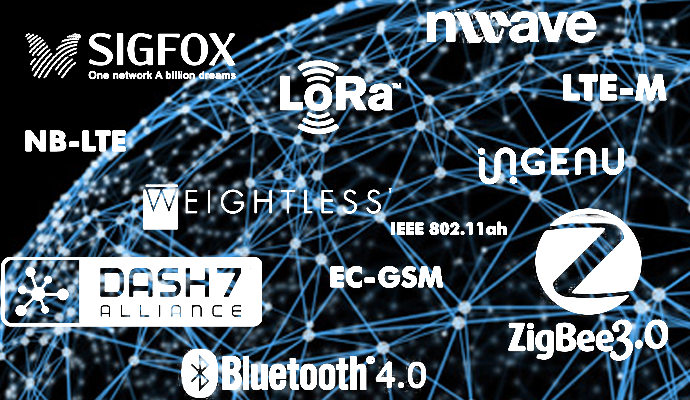
Net Neutrality 2021: IoT, NFV and 5G ready?
This report explores how Net Neutrality legislation has evolved significantly, looking at the general shape and specifics in the EU, US, India, Brazil and other territories. In general telcos can differentiate some aspects of broadband access with pricing or “specialized services”, but Internet app-blocking or paid-priority are disallowed. While legal challenges are ongoing, the way ahead seems much clearer, and we explore how telcos should focus on and enable interesting non-Internet connectivity opportunities around 5G, NFV and IoT.

